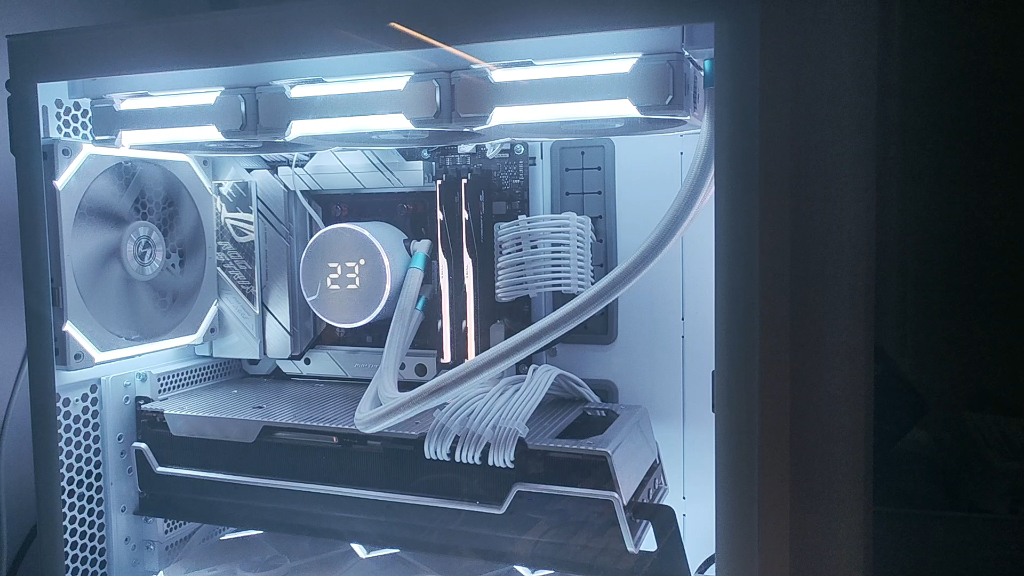1. Understanding IO Output and Its Role
In distribution cabinet fans, IO output allows integration with temperature sensors, monitoring systems, and PLCs (Programmable Logic Controllers) for automatic control and real-time feedback. For instance, when the cabinet temperature exceeds a predefined threshold, the fan can be activated via an IO output signal and adjust its speed dynamically to maintain optimal internal conditions. Additionally, fan performance parameters such as speed, current, and voltage can be fed back through IO output for remote monitoring and predictive maintenance.
2. Features of a Distribution Cabinet Fan with IO Output
Traditional distribution cabinet fans operate at fixed speeds or rely on basic thermal switches, whereas IO-enabled smart fans offer advanced control and monitoring functions. These features enhance adaptability to different working environments, improving safety and reliability.
- Adaptive temperature control: The fan adjusts its speed based on internal temperature, increasing airflow when temperatures rise and reducing speed or stopping when cooling is unnecessary, thus optimizing energy efficiency.
- Multi-speed control: Some models support PWM (Pulse Width Modulation) speed regulation, enabling precise fan speed adjustments based on temperature thresholds to enhance cooling efficiency while reducing noise.
- Fan speed (RPM): Ensures the fan operates within the designated range.
- Current and voltage readings: Prevents overload and enhances system stability.
- Runtime statistics: Facilitates predictive maintenance, minimizing unexpected failures.
- Shutdown alarm: If the fan stops due to motor failure or external factors, the IO interface sends a fault signal to the control system.
- Overtemperature alert: When cabinet temperatures exceed safety limits, the fan signals the monitoring system to trigger additional cooling measures or deactivate non-essential loads.
- Remote start/stop: Enables maintenance teams to control the fan remotely, improving operational efficiency.
- Cloud-based data collection: Integration with Industrial IoT (IIoT) platforms for remote monitoring, big data analytics, and enhanced intelligent maintenance capabilities.
3. Applications of IO-Enabled Distribution Cabinet Fans
- Integration with power dispatch systems for intelligent speed regulation and optimal heat dissipation.
- Remote monitoring capabilities to reduce manual inspections and maintenance costs.
4. Key Considerations When Selecting an IO-Enabled Distribution Cabinet Fan
- IO Interface Compatibility: Ensure that the fan's IO signals match your existing monitoring and control systems, such as dry contact signals, PWM control, or RS485 communication.
- Durability and Lifespan: Opt for ball-bearing fans, which last longer and offer higher stability compared to sleeve-bearing alternatives.
- Operating Temperature Range: Choose a fan designed for extreme conditions (-40°C to 85°C) to ensure reliable performance in varying environments.
- Smart Control Features: Look for fans that support intelligent speed regulation, auto-start/stop, and real-time monitoring to enhance system efficiency.
- Brand and Quality Assurance: Select reputable manufacturers like Ruiapple Electric, known for rigorous quality control and industry-proven reliability.
5. Why Choose an IO-Enabled Distribution Cabinet Fan?
Compared to traditional fans, IO-enabled distribution cabinet fans offer intelligent cooling management, real-time monitoring, and remote control, significantly enhancing equipment reliability and efficiency. These fans are not only ideal for industrial automation but also widely adopted in data centers, renewable energy applications, and more.
Ruiapple Electric provides high-performance IO-enabled fans with intelligent control, fault alarms, and remote monitoring features, helping businesses achieve smarter and more efficient cooling solutions. For more details, contact Ruiapple Electric, and we will provide the best thermal management solutions tailored to your needs!







